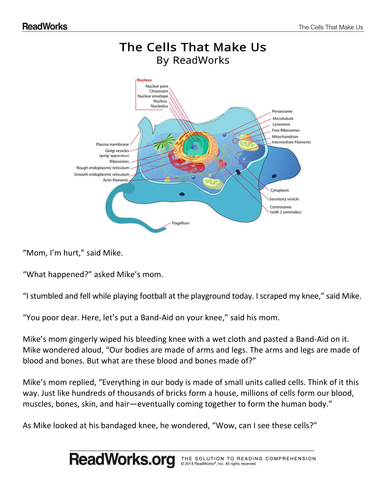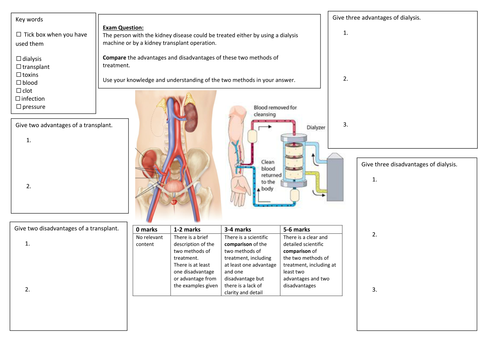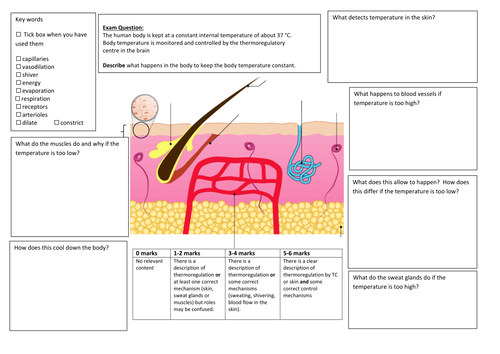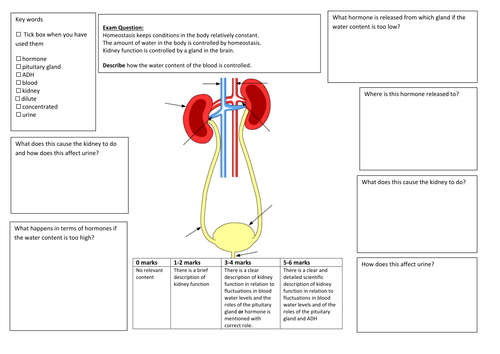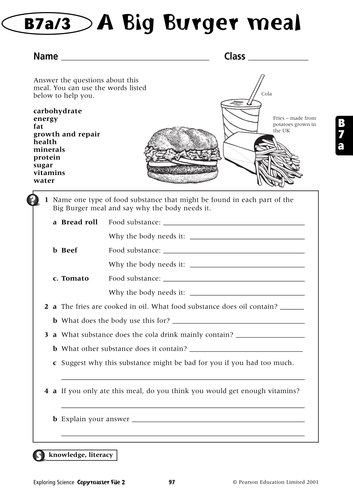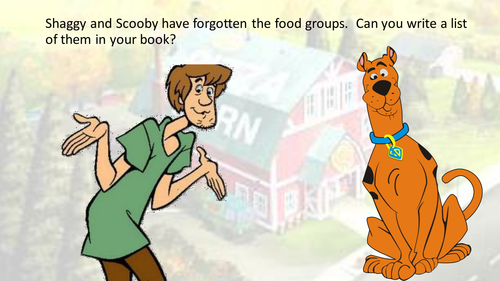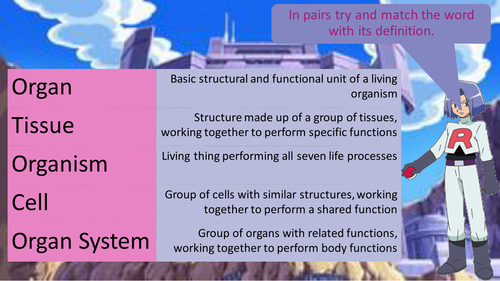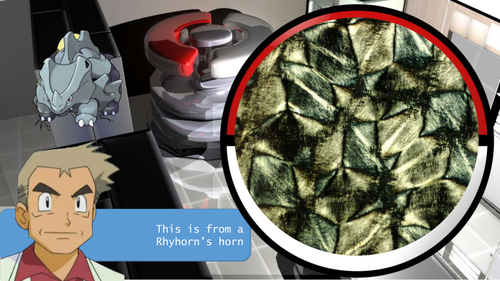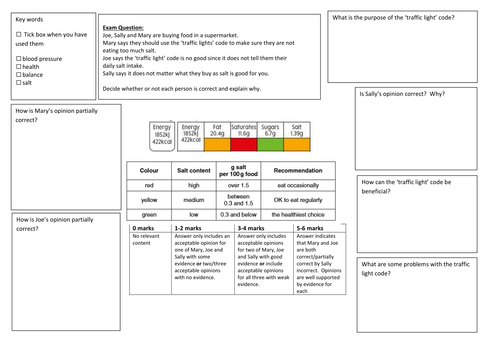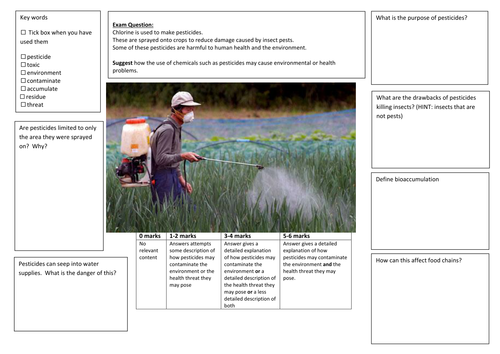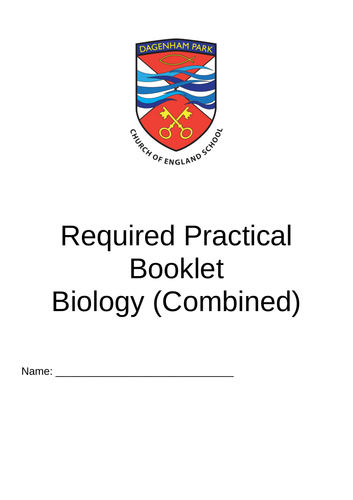Little Scientists
I teach a number of low ability classes. I want my pupils to do as well as they can. So here are a number of resources that I have developed to help them do that. From writing frames to entire lessons. I am currently making themed topics to rope in pupils, e.g. Disney themes.


